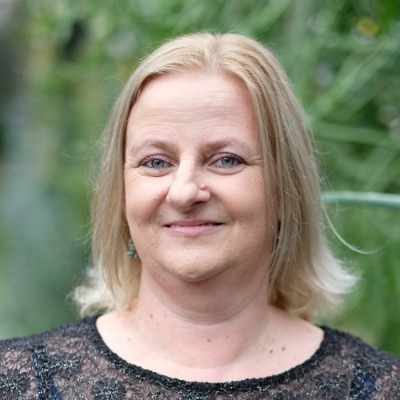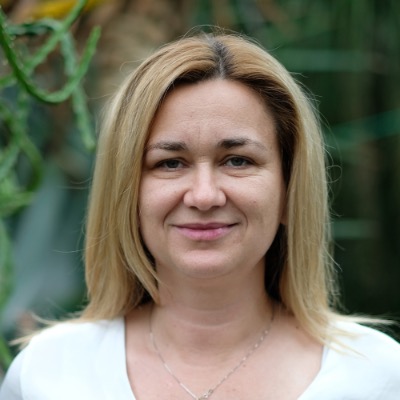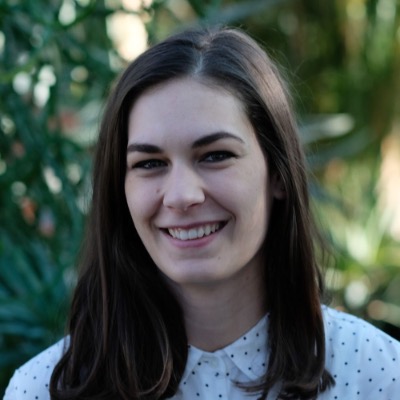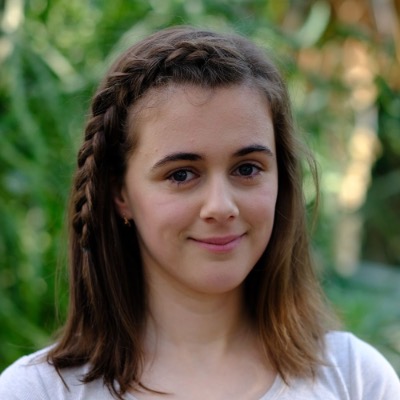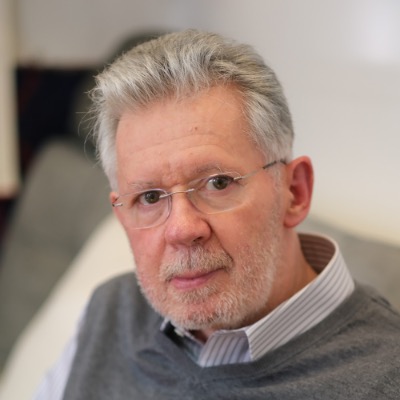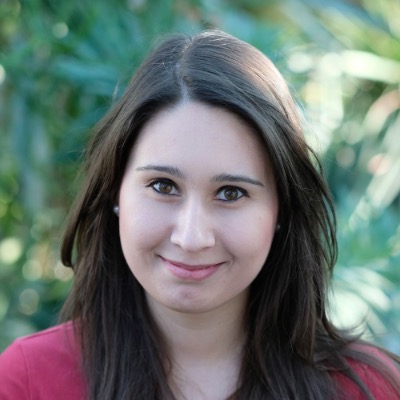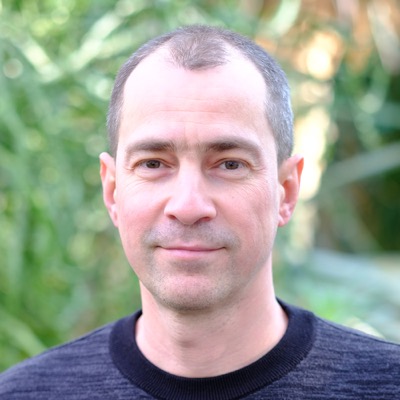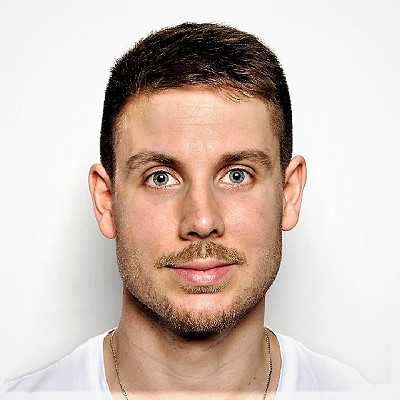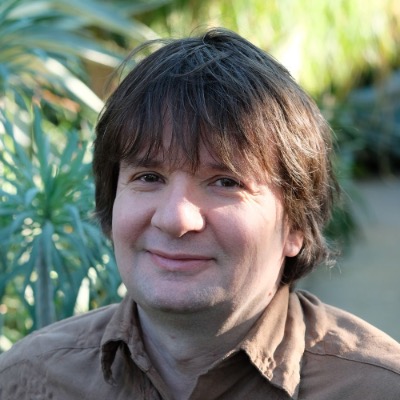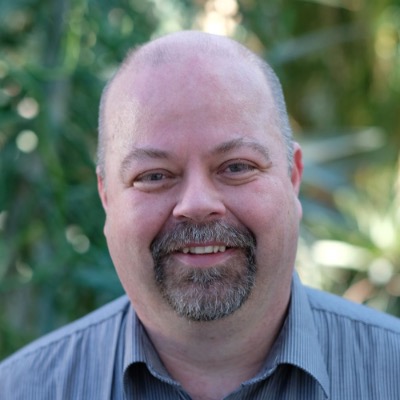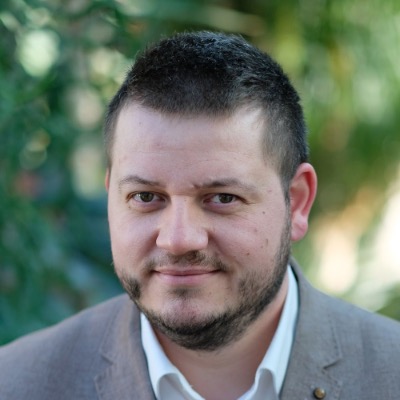Our research group was established as a result of the targeted cooperation of the UP Medical School with the UP Faculty of Engineering and Information Technology (MIK) for more than 2 years. Our goal is to create a multidisciplinary network of researchers and teachers using our research (from basic research to product development) and educational activity directions, which, in addition to providing opportunities for high-quality research and educational results that can be used in industry and even on the international market also fits perfectly with the Center for Biomedical Engineering and Innovation concept.
Our research directions
- numerical mathematics; development of 3D Electrical Impedance Tomography and Spectroscopy procedures
- medical cybernetics - electrophysiological study of the central nervous system (as a very complex regulatory system)
- application opportunities of artificial intelligence in medical and industrial robotics
Our directions of education and curriculum development
- finalization of the content and formal elements of the medical cybernetics subject
- development of an elective subject in medical robotics for medical education and health sciences and technical education
- an updated reinterpretation and further development of the existing “Robotics” subject at the MIK
Commitments
Comparative clinical trial to develop a new type of diagnostic method for non-alcoholic fatty liver disease (in mixed patients):
- 2 Q1 publications (methodology, results of human and animal model experiments)
- 1 Q2 journal article (description of experimental results so far)
Development of a bioimpedance-based, non-destructive virus infection detection method:
- 1 Q2 journal article (description of experimental results so far)
Numerical mathematical methods; development of 3D Electrical Impedance Tomography procedures
- 1 Q1 journal article (self-invented numerical method based on “material discretization”)
Robotics - technical and medical developments today (on the way to the 21st century)
- 1 review article (Q2)
Cooperation
- Óbuda University Physiological Controls Research Group, János Neumann Doctoral School of Applied Informatics and Applied Mathematics
- Department of Surgery, University of Szeged Faculty of Medicine
- “Josip Juraj Strossmayer” University, Osijek, Croatia
- Subotica Tech College of Applied Sciences, Subotica, Serbia
